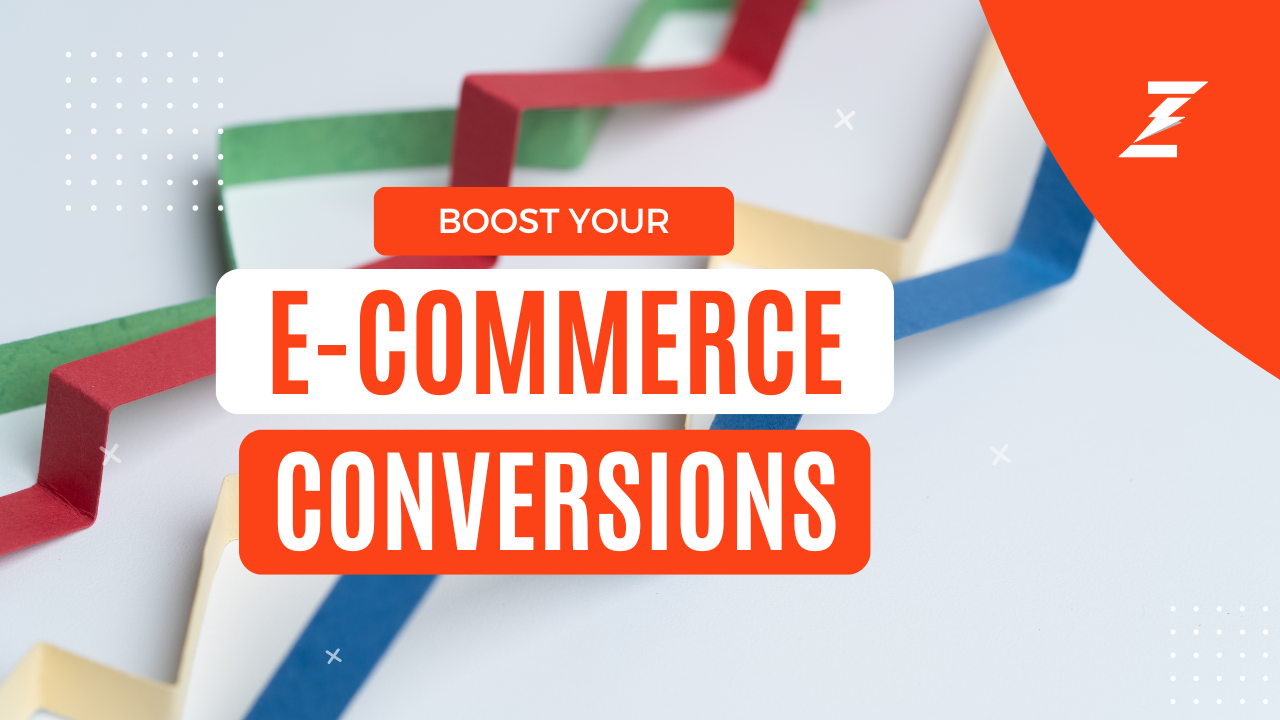
Common E-commerce Design Mistakes to Avoid for Optimal Conversion Rates
In the competitive realm of e-commerce, the design of your online store plays a pivotal role in determining your success. A well-crafted design can attract visitors, encourage them to explore your offerings, and ultimately convert them into loyal customers. However, even minor design flaws can have a significant impact on your conversion rates and bottom line. In this article, we’ll explore some of the most common e-commerce design mistakes to avoid if you want to maximize your conversion rates and drive sustainable growth.
1. Poor Navigation Structure
The navigation structure of your e-commerce website serves as a roadmap for visitors, guiding them to the products or information they seek. A cluttered or confusing navigation menu can frustrate users and lead to high bounce rates. Ensure that your navigation is intuitive, with clear categories and subcategories that make it easy for visitors to find what they’re looking for.
2. Lack of Mobile Optimization
With an increasing number of consumers shopping on mobile devices, having a mobile-optimized e-commerce website is no longer optional—it’s essential. A website that doesn’t display properly on smartphones or tablets will deter potential customers and harm your search engine rankings. Invest in responsive design to ensure a seamless browsing experience across all devices.
3. Slow Loading Speed
In today’s fast-paced digital world, users expect websites to load quickly. A slow-loading e-commerce site not only frustrates visitors but also negatively impacts your search engine rankings. Optimize your website’s performance by minimizing image sizes, leveraging browser caching, and using a content delivery network (CDN) to deliver content more efficiently.
4. Complicated Checkout Process
A lengthy or complicated checkout process can lead to cart abandonment and lost sales. Streamline your checkout process by minimizing the number of steps required to complete a purchase, offering guest checkout options, and providing clear instructions at each stage. Additionally, consider implementing features like autofill to make the process as frictionless as possible.
5. Inadequate Product Descriptions and Imagery
High-quality product descriptions and imagery are essential for driving conversions in e-commerce. Lackluster product descriptions that fail to highlight key features or benefits can leave visitors feeling uninspired and unsure about making a purchase. Invest time and resources into creating compelling product descriptions and visually appealing imagery that showcase your products in the best possible light.
6. Ignoring SEO Best Practices
Search engine optimization (SEO) plays a crucial role in driving organic traffic to your e-commerce website. Ignoring SEO best practices such as optimizing meta tags, using relevant keywords, and creating high-quality content can result in your website being buried in search engine results pages (SERPs). Conduct thorough keyword research and incorporate targeted keywords naturally throughout your website to improve its visibility and attract more organic traffic.
7. Overlooking Social Proof
Social proof—such as customer reviews, testimonials, and user-generated content—can significantly influence purchasing decisions in e-commerce. Ignoring social proof or failing to prominently display it on your website can diminish trust and credibility. Encourage satisfied customers to leave reviews, showcase testimonials prominently, and leverage user-generated content to build trust and credibility with potential buyers.
Bonus Tips for E-commerce Design Mistakes:
- Optimize for Voice Search: With the rising popularity of voice-activated devices, optimizing your e-commerce website for voice search can help you reach a wider audience and stay ahead of the competition.
- Implement Live Chat Support: Offering live chat support can provide immediate assistance to customers and address any concerns or questions they may have, ultimately improving their shopping experience and boosting conversions.
- Personalize the Shopping Experience: Utilize data analytics and customer segmentation to deliver personalized recommendations, promotions, and offers tailored to each individual shopper’s preferences and browsing history.
- Invest in Security Measures: Instill trust and confidence in your customers by prioritizing website security measures such as SSL encryption, secure payment gateways, and clear privacy policies to protect their sensitive information.
- Stay Updated with Trends: Keep abreast of industry trends, technological advancements, and consumer behavior shifts to adapt your e-commerce strategy accordingly and stay ahead of the curve.
In conclusion, avoiding these common e-commerce design mistakes is crucial for maximizing conversion rates and driving sustainable growth. By prioritizing user experience, mobile optimization, site speed, streamlined checkout processes, compelling product descriptions, SEO best practices, and social proof, you can create an e-commerce website that attracts visitors, converts them into customers, and fosters long-term loyalty.
Ready to Take Action?
Ready to elevate your e-commerce game and skyrocket your conversion rates? Avoid these common design pitfalls and implement our expert tips to optimize your online store for success. Start implementing these strategies today and witness the transformative impact on your sales and business growth.
Have questions about specific design mistakes you might be making or encountering challenges in your e-commerce journey? We’re here to help! Contact us to discuss your concerns, and let’s work together to overcome obstacles and unlock the full potential of your e-commerce venture. Your success is our priority, and we’re committed to helping you thrive in the competitive world of online retail.



